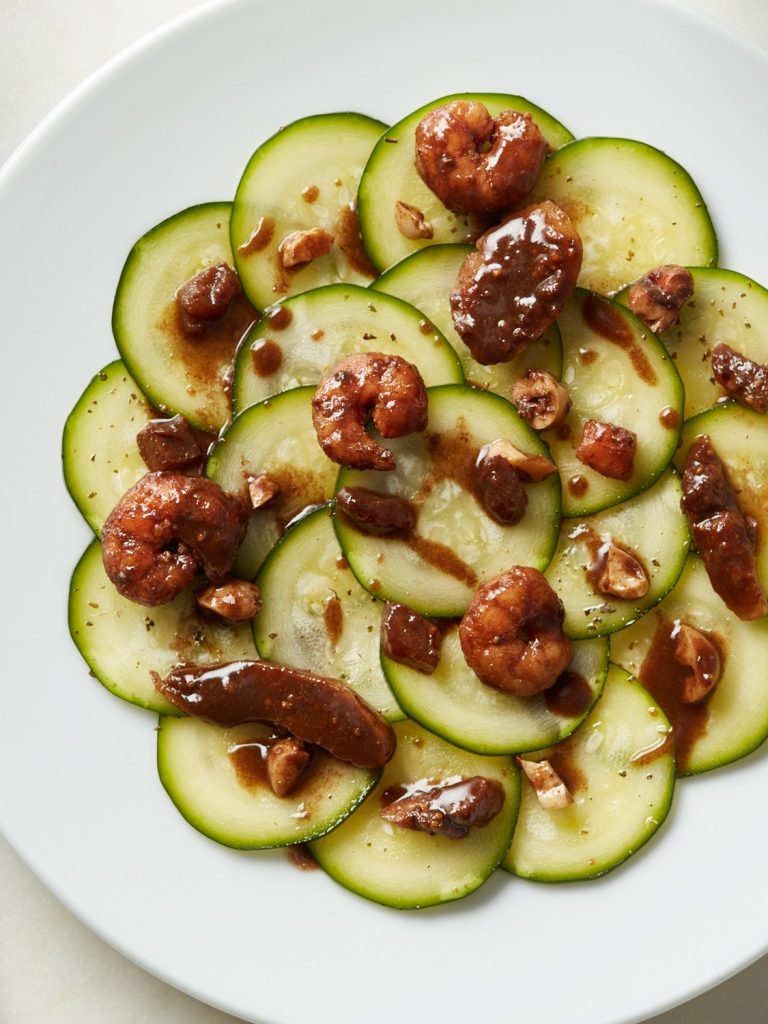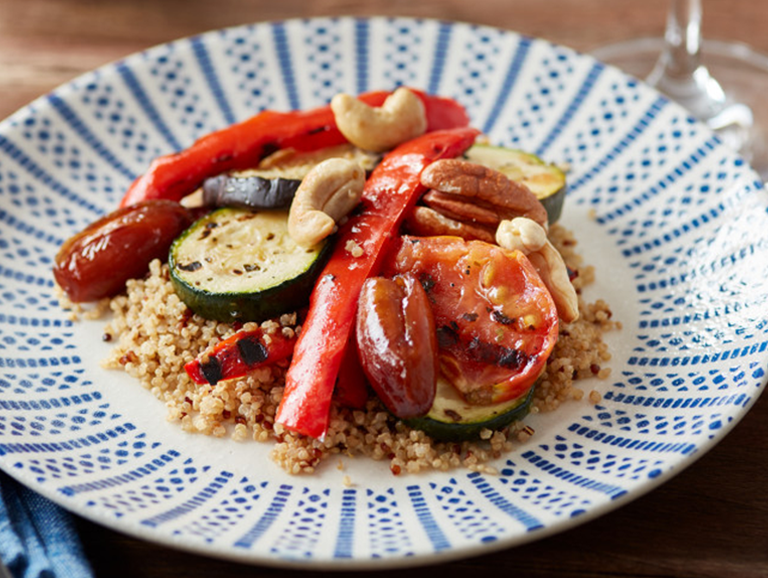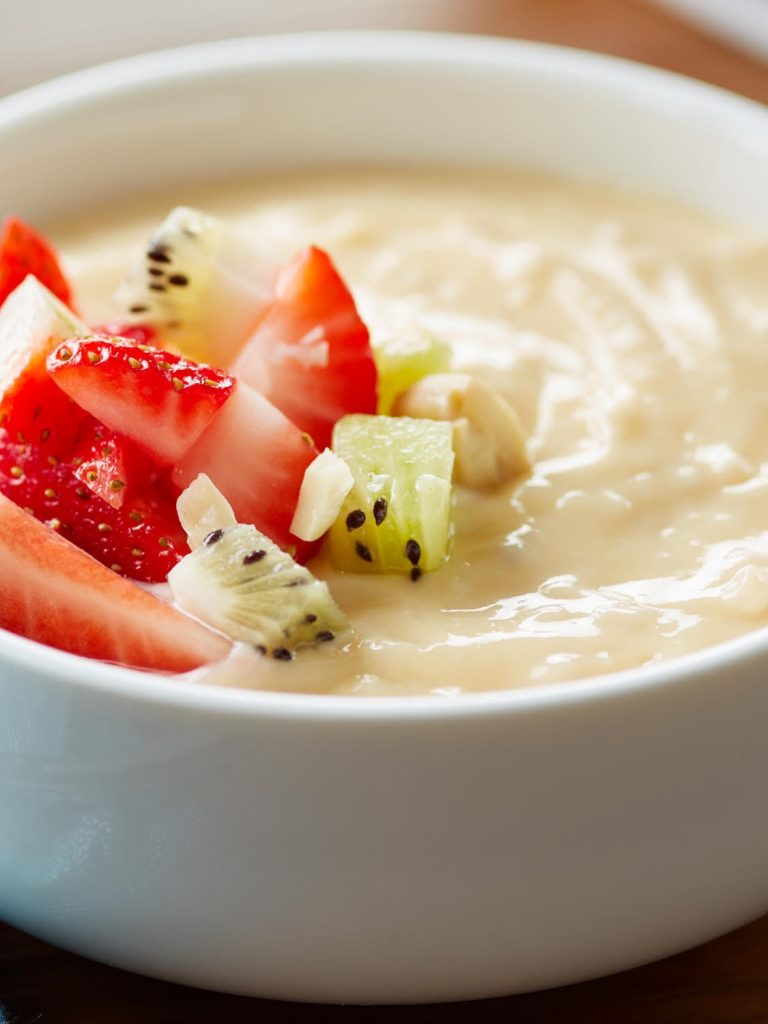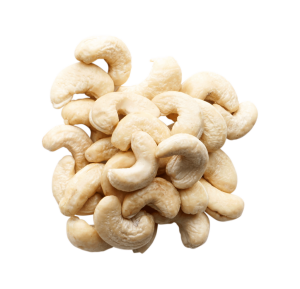ABOUT CASHEWS
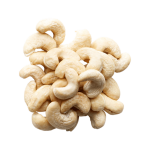
DID YOU KNOW?
The cashew nut is native of North-east Brazil. During the 16th century, the Portuguese introduced it into India and Portuguese colonies in Africa such as Mozambique. From India, cashew trees spread all over South-east Asia.
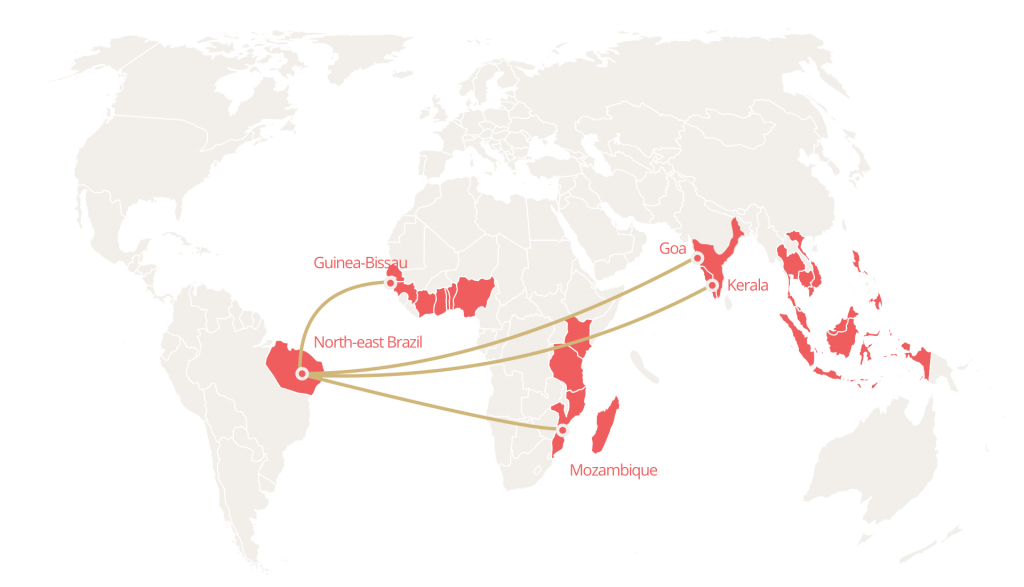
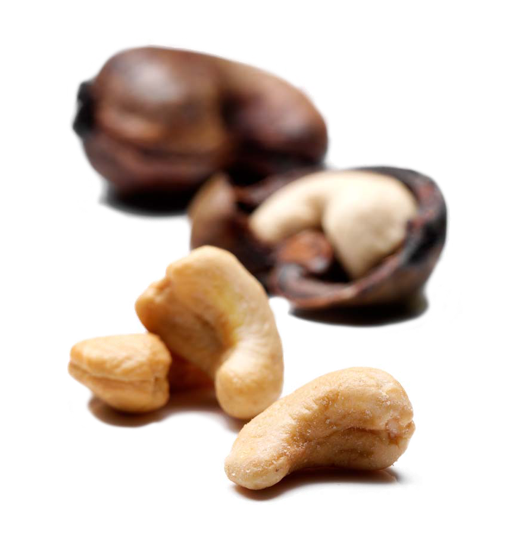
The cashew is cultivated primarily in India, Vietnam, Côte d’Ivoire, Tanzania and other countries in East and West Africa, Brazil and South East Asia.
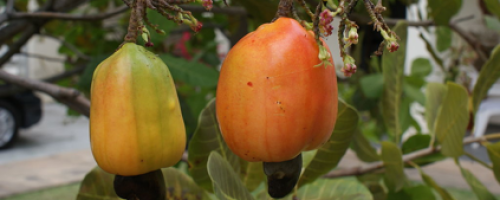
Cashew Apple
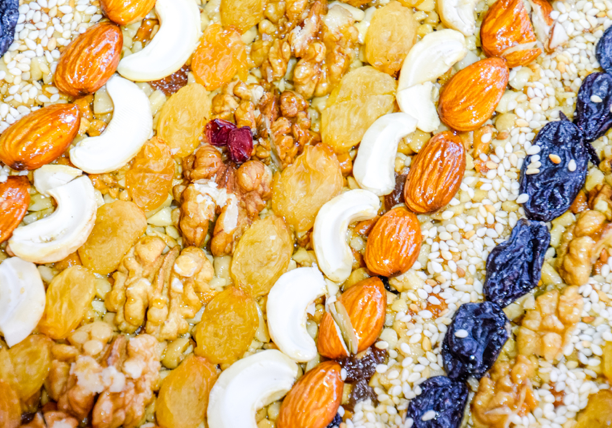
Trivia

Environmentally
Friendly

RECIPES WITH
ABOUT CASHEWS

Cashew Origins
NUTS & DriEDFRUIT QUIZ
Where are cashews native from?
Correct answer: d) The Cashew nut is native to Northeastern Brazil. During the 16th century, the Portuguese introduced it into India and Portuguese colonies in Africa. From India, it spread all over Southeastern Asia.
Coming from the same botanical family as pistachios and mangos is which fruit?
Correct answer: a) Cashew. Anacardium occidentale L. belongs to the Anacardiaceae family, which includes mango (Mangifera indica L.) and pistachio (Pistacia vera L.) among 400 species.

Oatmeal Cashew Muffins
Et harum quidem rerum facilis est et expedita distictio. Nam libero tempore, cum soluta nobis est eligendi optio cumque nihil impedit quo minus id quod maxime placear facere
Articles
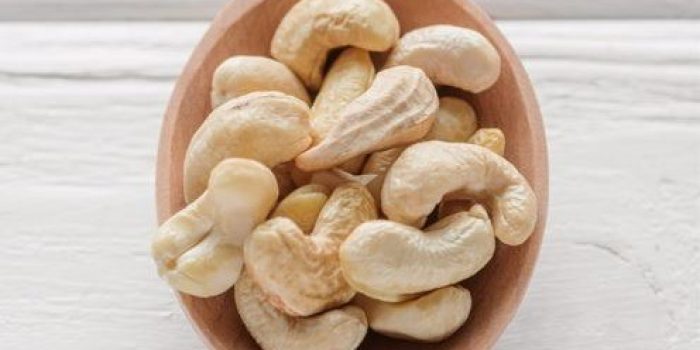
Why Eat Cashews
Cashews may help improve your overall health. Cashews are low in sugar and rich in fiber, heart-healthy fats, and plant protein. They’re also a good source of copper, magnesium, and manganese — nutrients important for energy production, brain health, immunity, and bone health.
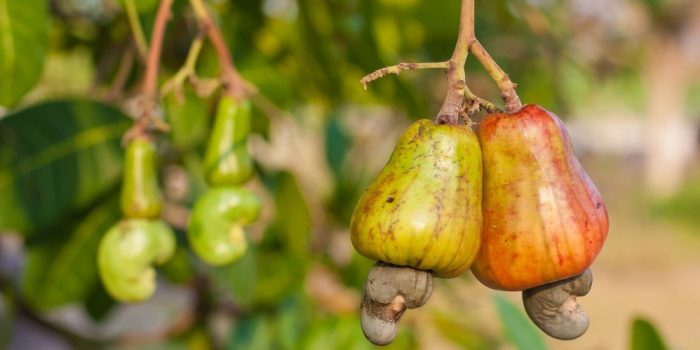
Tree Nut Production to Increase by 6% in 2018/2019 Season; Dried Fruit by 5%
The INC has updated the 2018/19 crop and production forecasts for almonds, Amazonia (Brazil) nuts, cashews, hazelnuts, macadamias, pecans, pine nuts, pistachios, walnuts, peanuts, dates, dried apricots, dried figs, dried cranberries, prunes and dried grapes (raisins, Sultanas and currants).
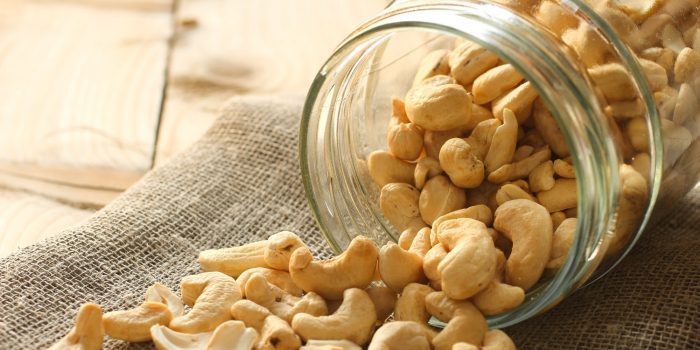
New Study Reinforces Cashew Nutritional Quality
For the first time, a team of researchers has analyzed the nutritional composition of raw cashew nuts from the largest growing regions around the world, providing a much better approximation of the real nutrient content of cashews.

FAQ's
18 cashews (28.35 g) make up the recommended daily allowance.
Skin-prick tests and/or blood tests are the most reliable tools to determine the presence of allergen-specific immunoglobulin E, an antibody that binds to allergens and triggers the release of chemicals that cause the symptoms. If those tests are inconclusive, the allergist or immunologist may order an oral food test to see how the organism reacts to the suspected allergy-causing food1.
1. Nuts for Life. (2006). Nuts and Allergy.
Cashews are high in vitamin K and minerals such as iron, magnesium, phosphorus, zinc, manganese and copper. They are also a source of fiber, thiamin, pantothenic acid and minerals as potassium and selenium. Iron may help contribute to the normal function of the immune system whilst vitamin K contributes to normal blood clotting and healthy bones.

